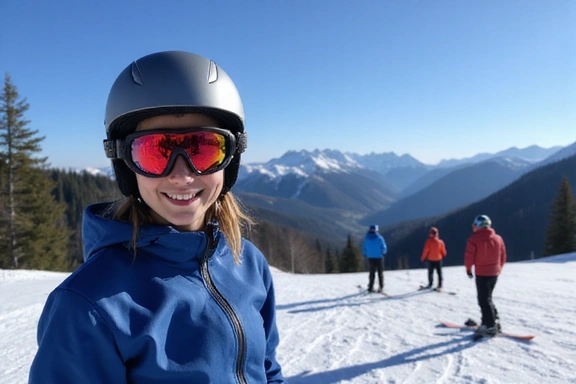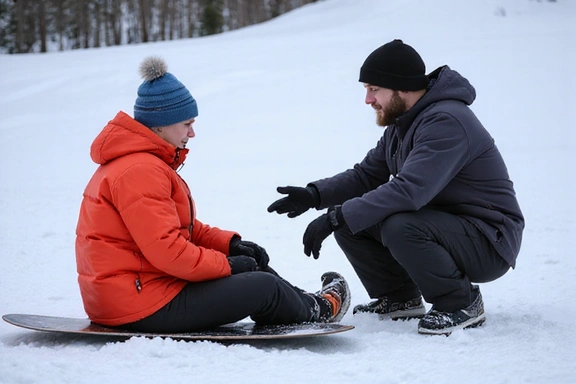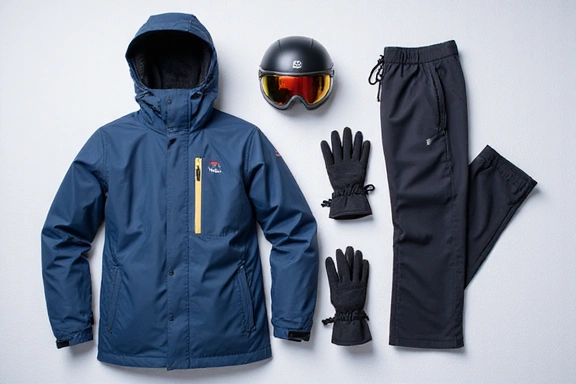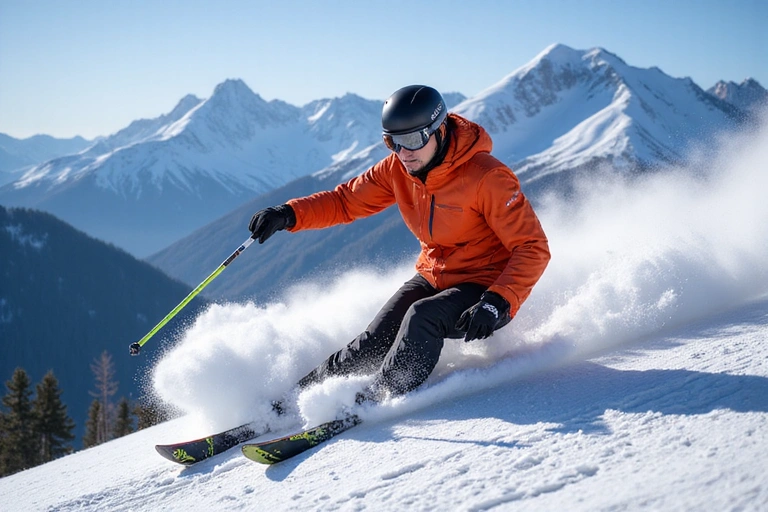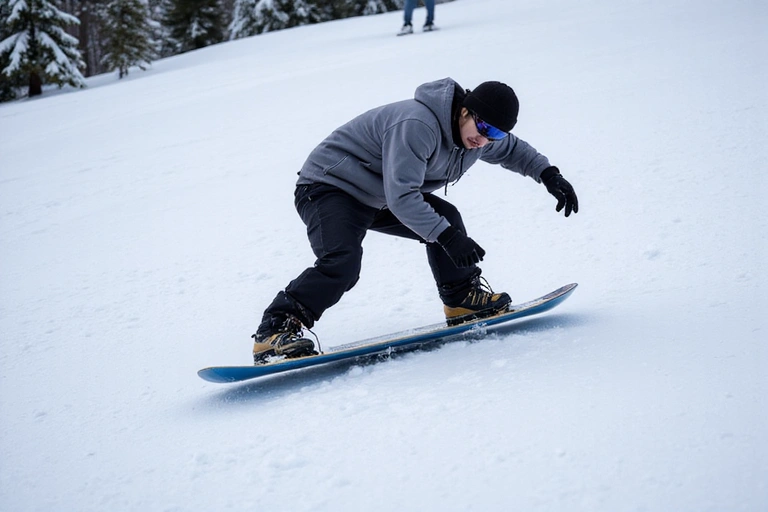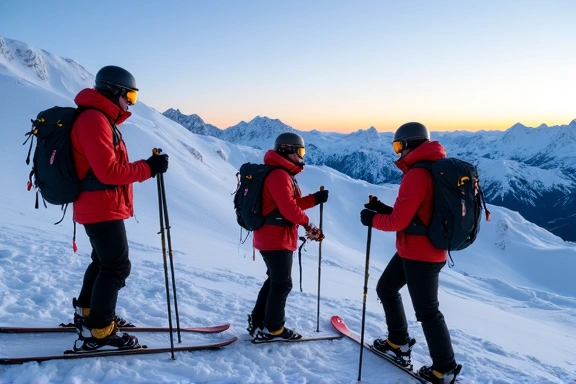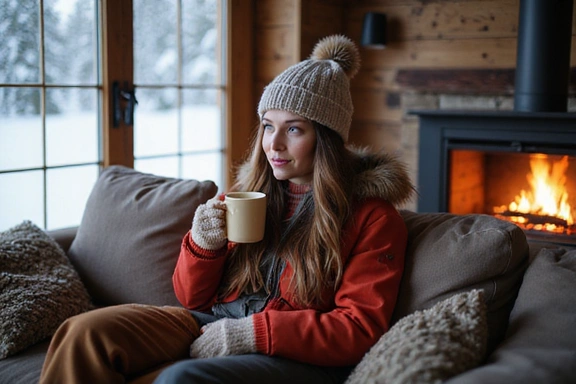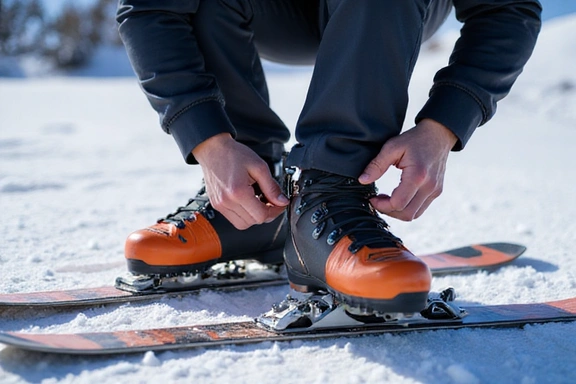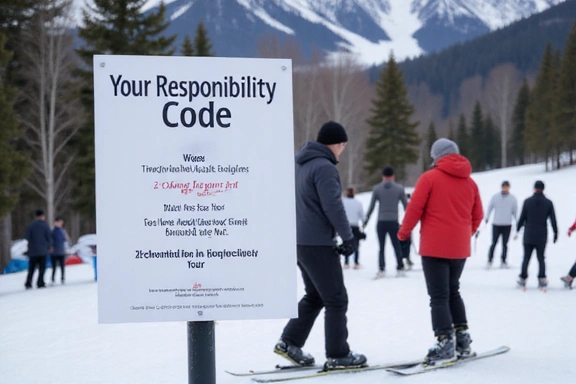Professional guidance is invaluable for accelerating your learning and ensuring proper technique and safety. Whether you're a complete novice or an experienced enthusiast looking to refine specific skills, a certified instructor can tailor lessons to your individual needs. This section provides resources to help you connect with top-tier winter sports schools and certified instructors across the USA.
Why Take Lessons?
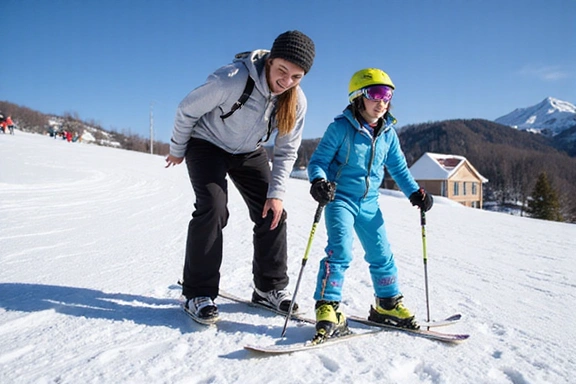
Lessons provide personalized feedback, correct bad habits before they become ingrained, and introduce you to new skills in a structured, safe environment. Instructors also know the best terrain for learning and can offer local insights to enhance your experience.
Finding Certified Instructors
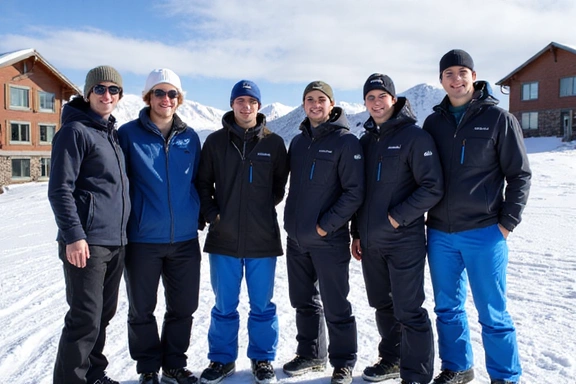
Look for instructors certified by recognized organizations like PSIA-AASI (Professional Ski Instructors of America and American Association of Snowboard Instructors). These certifications ensure a high standard of teaching expertise and safety knowledge.
Visit PSIA-AASI →
Resort Ski & Snowboard Schools
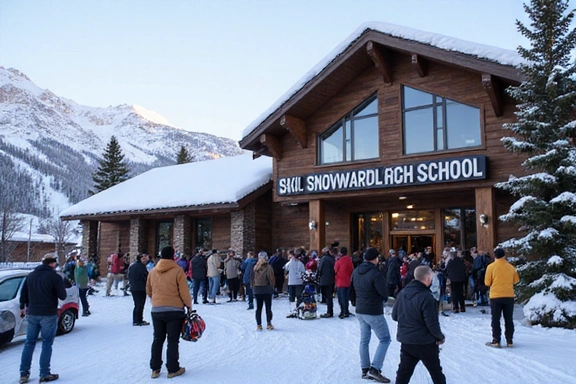
Most major winter resorts offer comprehensive ski and snowboard school programs for all ages and skill levels. These schools often include lift tickets and equipment rentals as part of their packages, making it convenient to get started.
Explore Resorts & Schools →
Investing in lessons is an investment in your enjoyment and safety on the slopes. Don't hesitate to reach out to local resorts or national associations to find the perfect instructor for your winter sports goals.
